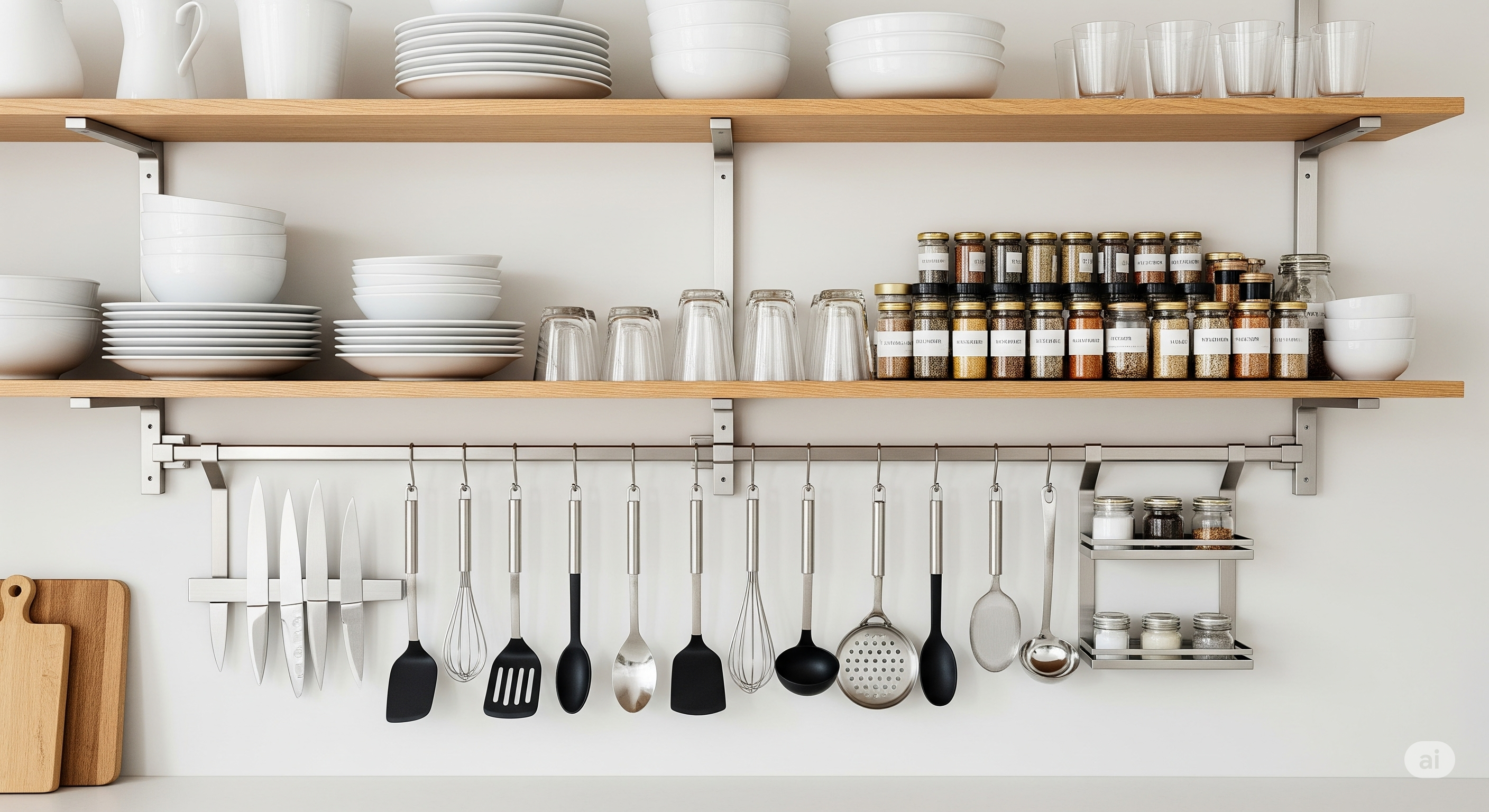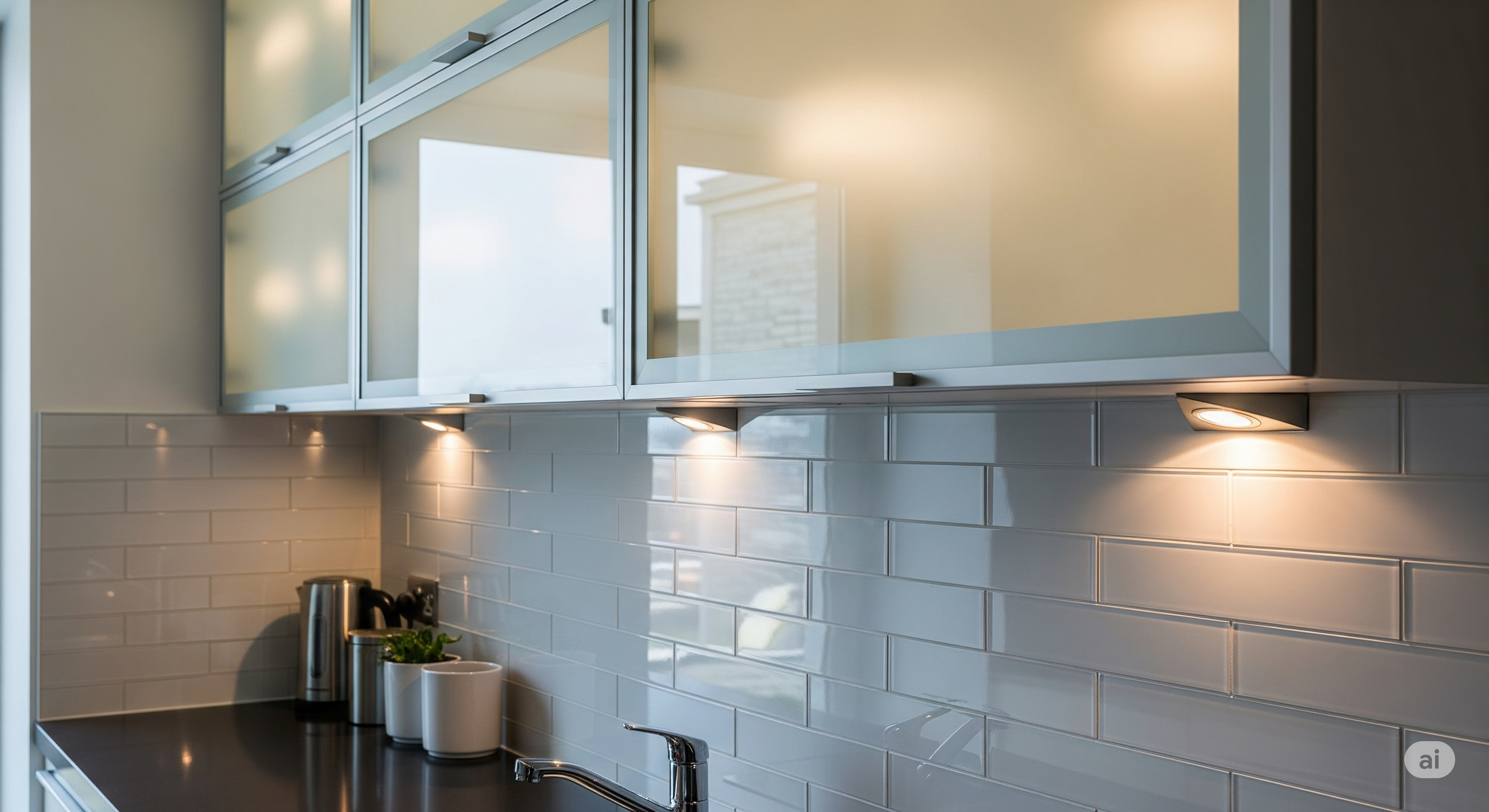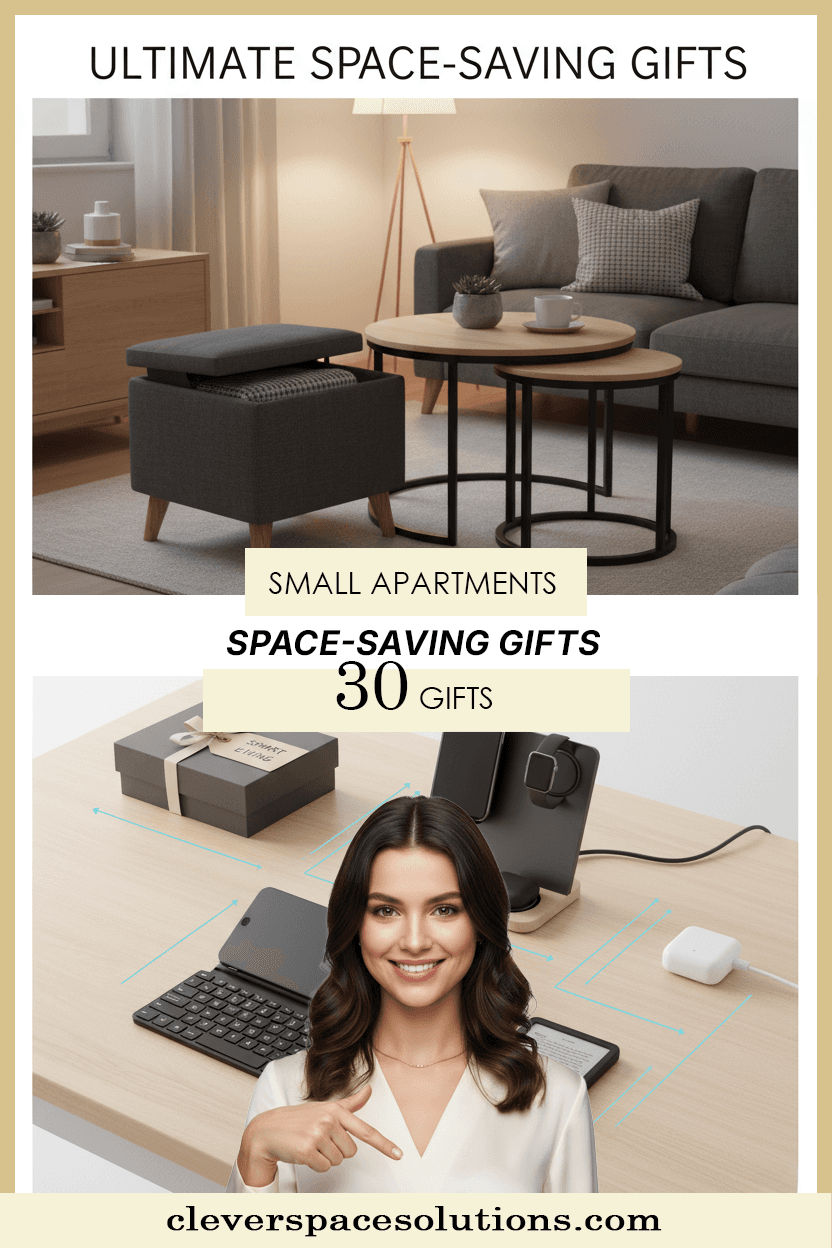How Do You Design a Small Kitchen? An Interior Designer's Guide
Wondering how to design your small kitchen for maximum style and function? An interior designer shares the most effective methods for color, storage, and lighting to transform your space.

How Do You Design a Small Kitchen? An Interior Designer's Guide
A small kitchen design can be transformed into a functional, aesthetic, and inviting space with creative approaches and smart planning. When space is limited, finding solutions that make your kitchen both chic and useful becomes essential. From an interior designer's perspective, it's crucial to consider every detail and make the most of every area when decorating a small kitchen. In this blog post, you will discover the most effective methods to make small kitchens feel larger, more open, and more functional.
An Interior Designer's Checklist for Small Kitchens
When decorating a small kitchen, you need to be creative to use the space efficiently and achieve a stylish look. Here are the key points to focus on:
-
✔ Plan Your Workflow: Consider the traffic flow in your kitchen first. Frequently used areas, like the stove and sink, should be easily accessible and located close to each other to speed up your workflow.
-
✔ Conceal Clutter: Too many items on display will make a small kitchen look messy. Maximize your in-cabinet storage to keep countertops clear. Built-in cabinets and closed shelving are perfect for hiding clutter.
-
✔ Choose Scaled & Multi-Functional Furniture: It's logical to prefer smaller furniture in minimal spaces. Narrow tables or folding chairs save valuable room. Multi-functional furniture that serves more than one need is a game-changer. A folding kitchen island or a dining table with built-in storage are great examples.
-
✔ Get the Lighting Right: Inadequate lighting makes a small space feel even smaller and darker. Create a more inviting environment with strong, even lighting throughout the kitchen. Under-cabinet LED lighting is fantastic for task-focused prep work and adds an airy feel.
-
✔ Use Your Walls: Actively use your walls to gain more space. Wall-mounted shelves and racks can store your kitchenware while also offering a stylish display. Open shelving, in particular, makes the space feel larger.
-
✔ Embrace Reflective Surfaces: Use glass and reflective surfaces to create an illusion of depth. Glass-front cabinets, glossy countertops, and mirror details help the space feel larger.
-
✔ Consider Modular Systems: Modular kitchens, which are movable and adaptable, can be optimized for any space. They offer incredible flexibility when you want to reshape your layout.
-
✔ Pay Attention to Flooring: Light-toned and glossy flooring makes a kitchen look bigger. You can also add depth and a dynamic look with patterned or geometric floor tiles.
-
✔ Maximize Every Corner: Use drawer organizers, tiered racks for pots and pans, and extra shelves inside cabinets. Floor-to-ceiling cabinets and smart corner cabinet systems make every inch functional.
-
✔ Add Natural Elements: The most natural way to liven up a small kitchen is with sunlight and green plants. If you have a window, design the space to let in maximum light. A small plant corner or a few potted herbs on the windowsill adds energy and freshness.
So, How Do You Design a Small Kitchen?
1. How to Choose the Right Colors

In the decoration of small kitchens, the color palette can make a huge difference. Light colors create a sense of spaciousness, making the area appear larger than it is.
Neutral tones like white, cream, and beige are perfect choices because they reflect more light. These colors can be used on walls, cabinets, and countertops. However, you don't have to limit yourself to light tones to add character. You can add warmth by applying pastel colors to the interior surfaces of cabinet doors or in your kitchen accessories. Even covering a small area of a wall with vibrant ceramic tiles can create a stunning focal point. For example, subway tiles or patterned ceramics for the backsplash add both visual diversity and aesthetic appeal.
2. How to Use the Space with Maximum Efficiency
One of the biggest challenges in small kitchens is creating storage and usable space. That's why evaluating every corner is so important. Interior designers often recommend multi-functional furniture and smart storage solutions. For example, using drawer organizers helps you store small kitchen utensils in a more organized way.

Check It Out on Amazon – Don’t Miss It
This prevents unnecessary clutter and creates a tidy look.
-
"Vertical Storage Solutions" When designing a small kitchen, don't forget to use vertical spaces. Open shelving systems and wall-mounted cabinets are ideal. By placing stylish boxes on these shelves, you can both create storage and achieve a decorative look.

-
"Foldable Furniture" Creating a dining area in a kitchen isn't always easy. For small kitchens, you can use folding tables and stools, putting them away after meals to make the space feel more open.
 Check It Out on Amazon – Don’t Miss It
Check It Out on Amazon – Don’t Miss It
3. Why Minimalist and Tidy Designs Work Best
A minimalist decoration style is one of the most effective ways to create an airy feeling in small kitchens. You can achieve a modern and organized look by using simple furniture, clean surfaces, and few accessories. The minimalist approach makes your kitchen look cleaner and larger while also increasing functionality. You can create a simple look by hiding large appliances as much as possible. In-cabinet drawers are a perfect storage solution for small home appliances like toasters and mixers.
4. How to Create an Airy Atmosphere with Lighting
Lighting plays a critical role in making your kitchen look spacious and inviting. Natural light is always the most preferred element. If your windows are large enough, avoid thick curtains that block the light. Light and light-colored curtains or blinds both protect privacy and spread sunlight into the room. In cases where natural light is insufficient, lighting solutions come into play. Placing LED strips or spotlights along the kitchen counter enhances lighting, especially during meal prep.
5. How to Add Depth with Glass and Glossy Surfaces

Using surfaces that reflect light is highly effective in creating a sense of spaciousness. Glass cabinet doors, glossy countertop surfaces, or reflective tiles make the area look larger and brighter. Glass-front cabinets create depth while giving your kitchen a modern and chic look. Another option is the use of mirrors. A mirror used as a backsplash, in particular, can make the kitchen appear deeper while adding a sophisticated atmosphere.
6. How to Use Plants and Accessories in a Small Kitchen
Although simplicity is key, a few well-placed plants and accessories can add warmth to your kitchen. Small plants placed on a windowsill or colorful kitchen accessories displayed on the counter add energy. However, be careful not to overdo it with accessories. Using too many decorative objects in a small kitchen can make the environment look more crowded and narrow.
7. How to Create Functional Areas with Multi-Purpose Furniture
One of the most important points in small kitchens is to evaluate the area most efficiently by using multi-purpose furniture. For example, kitchen islands not only offer extra counter space but also provide storage underneath.

Check It Out on Amazon – Don’t Miss It
Such furniture adds both a practical solution and an aesthetic touch.
Affiliate Disclosure
Some links on this page are affiliate links. If you purchase a product through these links, I may earn a small commission at no additional cost to you. Thank you for your support!
Tags
Other Articles

3 Flawless Layouts and 5 Real-Life Studio Solutions
Wondering how to arrange furniture in your small apartment? Get 3 fail-proof layouts for narrow living rooms and 5 genius plans for studio apartments.

Studio Apartment Hack: 10 "Cloffice" & WFH Nook Ideas That Save Space
Need a home office in your studio apartment? Discover 10 clever ways to create a WFH nook, including amazing "cloffice" (closet office) hacks.

Best Space-Saving Gifts for Small Apartments?
Wondering what gifts to buy for someone in a small space? Our 2025 guide answers with 30 genius space-saving tech, storage, and furniture ideas.